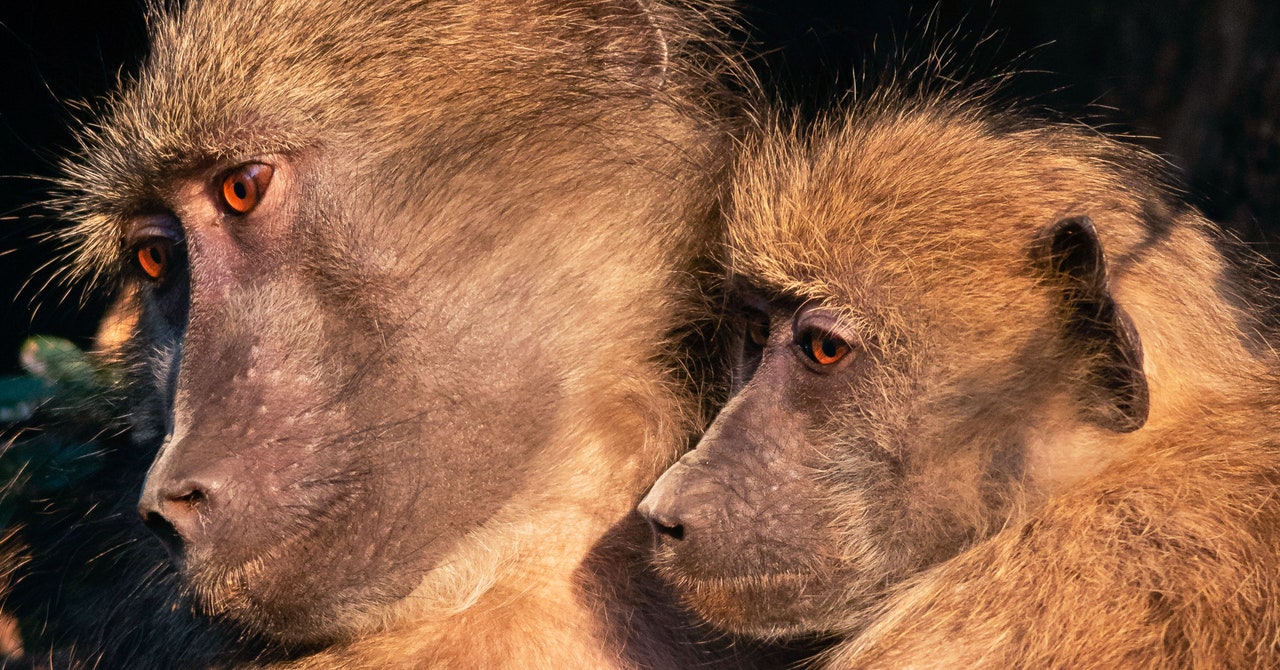
Phylogeny can only tell scientists so much, though. The team wondered if differences might come down to the animals’ neurophysiology. But they weren’t sure which aspect of the brain to measure.
In the past, researchers often used an animal’s total brain volume as a proxy for cognitive power. Basically, the bigger the better. But when Bryer and Koopman pulled the data, they found a weak correlation between brain size and quantitative sensitivity. They turned to a relatively new metric—cortical neuron density—which tells scientists how many neurons a brain has in its cortex. (The cortex is the outer layer of tissue in mammalian brains and is associated with complex cognition.)
Let’s not mince words: To quickly count the number of neurons per milligram of brain, a researcher has to liquefy it. (“She calls it ‘brain soup,’” Cantlon says of neuroscientist Suzana Herculano-Houzel of Vanderbilt University, who developed the method. “It is literally melting it in chemicals.”) In this case, the researchers used data sets from Herculano-Houzel’s lab, pulling published figures on neuron density for 12 species. Here, the correlation was clear: Neuron density had the biggest effect on quantitative sensitivity among all metrics tested, including traits like home range size and social group size. Since neuron density is largely constrained by a species’ genes, the team sees that as bonus proof that evolution plays a huge role.
The magic of neuron density is that it has consequences for cognition, yet it is surprisingly independent of brain size. For some mammals, larger brains might have larger neurons and thus lower density. But that is by no means a general rule. It’s simply its own thing. Smaller neurons, with smaller branches, can pack together tighter and give a brain a more fine-grained sense of the world. “Think of the number of pixels in a camera: The more pixels, the more resolution,” says Herculano-Houzel, who was not involved in this study.
The new findings are valuable as the field of cognitive science breaks away from old assumptions about evolution, she says. Scientists have historically explained away interspecies variations in cognition with differences in body size, brain volume, or the problematic notion that humans and primates are more evolved than other animals. “There’s no one way in nature to build a brain and a body around it,” says Herculano-Houzel. “There is no ideal brain. There’s no better brain.”
The Carnegie Mellon team’s results counter old assumptions that primates are cognitively “better” than birds or other vertebrates, agrees Brosnan. “And as a matter of fact, if you look closely, even within smaller taxa, there’s quite a bit of variability,” she says. For example, gorillas are mediocre at the task, despite being great apes. To Brosnan, this suggests a need to study the cognitive abilities of less conventional species, such as reptiles. “What we are seeing suggests that they’re really smart,” she says. “We just need to learn more about them.”
Still, when it comes to estimating quantities, humans are the top performers. We can do it with around 10 percent precision. Cantlon suspects that the neurological process is very similar for all species, but humans can just do it with a greater degree of sensitivity. It’s a skill that may have led to our ability to count—and perhaps to our symbolic representations of numbers and letters.


